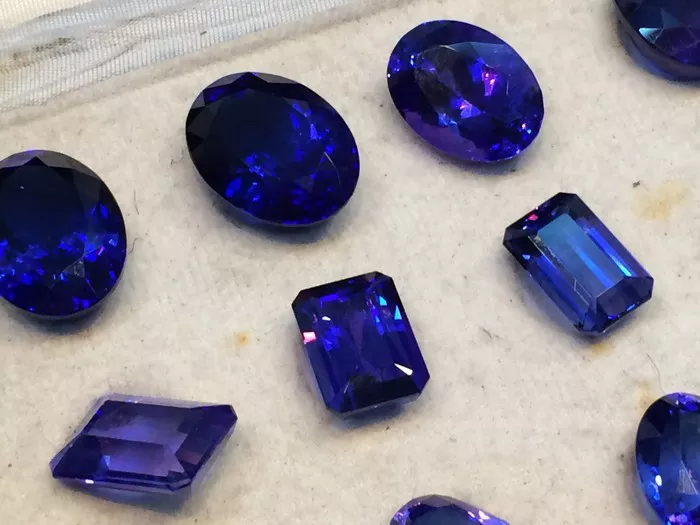Tanzanite, a breathtakingly beautiful gemstone found only in the East African country of Tanzania, has garnered significant attention from investors and gemstone enthusiasts alike. Its allure lies not only in its captivating blue-violet hues but also in its rarity and exclusivity. In this comprehensive article, we delve into the investment potential of tanzanite, exploring its historical perspective, price determinants, current market Prices and trends, investment potential, and expert advice for prospective investors.
Rarity and Exclusivity
Tanzanite’s appeal as an investment vehicle stems primarily from its scarcity and unique origin. Unlike many gemstones that can be found in various parts of the world, tanzanite is exclusively mined in the Merelani Hills of Tanzania. This single-source origin adds a layer of exclusivity to tanzanite, making it highly sought after by collectors and investors.
The scarcity of tanzanite can be attributed to several factors. Firstly, the geological conditions required for the formation of tanzanite crystals are exceedingly rare, limiting the areas where it can be found. Additionally, the mining of tanzanite is tightly regulated by the Tanzanian government to preserve its limited reserves, further contributing to its scarcity.
Historical Perspective
The history of tanzanite is intertwined with the story of Tiffany & Company, the renowned American luxury jewelry retailer. In 1967, Tanzanian Masai tribesman stumbled upon tanzanite while searching for other minerals in the Merelani Hills. Recognizing its potential, Tiffany & Co. became the primary distributor of tanzanite, marketing it as the “gemstone of the 20th century.”
During the early years of tanzanite’s discovery, its exclusivity and association with Tiffany & Co. led to skyrocketing prices, positioning it as one of the most valuable gemstones in the world. However, sporadic supply from fledgling mines and the lack of infrastructure in Tanzania hindered consistent production, keeping prices elevated.
The late 1990s marked a significant shift in the tanzanite market dynamics. Tanzania adopted a capitalist economy, leading to increased investment in mining infrastructure and technology. This, coupled with stabilized production, caused tanzanite prices to decline, making it more accessible to a broader range of consumers.
What affects the price of tanzanite?
Unlike diamonds, tanzanite prices are not controlled by major players like De Beers. Instead, tanzanite’s value is influenced by several factors, including rarity, color, clarity, and cutting grade.
Rarity: Tanzanite is one of the rarest gemstones on earth, with only one known source. This inherent scarcity contributes significantly to its value.
Color: The most prized tanzanite stones exhibit a deep, vivid blue-violet color. Stones with a more saturated color command higher prices.
Clarity: Tanzanite is typically found with inclusions, which are natural imperfections. Stones with minimal inclusions are considered more valuable.
Cutting Grade: The way a tanzanite stone is cut can affect its brilliance and overall beauty. Well-cut stones fetch higher prices in the market.
Current Market Prices and Trends
As we step into the year 2024, the landscape of the tanzanite market continues to evolve. Market prices for tanzanite vary widely depending on factors such as rarity, color, clarity, and cutting grade. Unlike diamonds, where prices tend to increase rapidly on a per-carat basis at different carat brackets, tanzanite prices exhibit a different trend, influenced by a multitude of variables.
It’s important to note that purchasing tanzanite from different outlets or directly from the source can impact prices significantly. While established retailers may offer a sense of reliability and quality assurance, sourcing tanzanite directly from miners or through reputable dealers can sometimes yield more favorable pricing.
Investment Potential
Despite fluctuations in the market, Tanzanite presents promising investment opportunities for astute investors. Its finite reserves and growing demand make it a compelling option for those seeking to diversify their portfolios.
With Tanzanite’s depletion on the horizon, investing in this gemstone can offer long-term returns. As the supply dwindles, prices are expected to rise, potentially yielding significant profits for investors.
Furthermore, Tanzanite holds intrinsic value beyond its monetary worth. Its exquisite beauty and rarity make it a cherished family asset and heirloom, passing down generations as a symbol of legacy and heritage.


